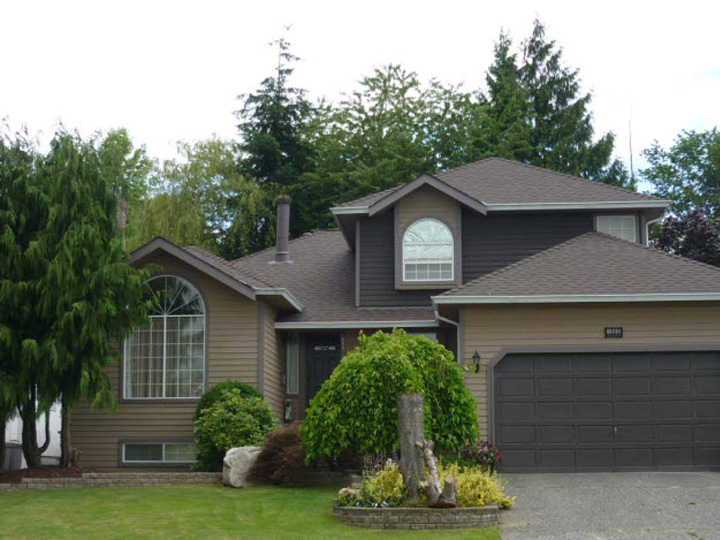What you Need to Know about Green Roofs
September 9th, 2013
The global impact of climate change has created an age of environmentalism where new technologies are constantly being developed to limit the negative impact we have had on the world around us. It should come as no surprise that these technologies have been utilized in a wide range of industries including home building and roofing. For example, a growing interest in green roofs represent an alternative that is ecologically advanced compared to traditional roofing systems.
This unique type of roof represents a system that involves optimal waterproofing, a root repellant system, a drainage system, filter cloth, and growing medium for plants and vegetation. Green roofs are flexible and versatile, and while some may be modular with all the basic elements already prepared in movable components, they may also be a fixed structure that represents a contained green space on top of a home or building. Essentially, a green roof is one that is at least partially covered with vegetation that is planted over a waterproof membrane, root barrier, and drainage and irrigation systems.
While relatively new to the North American builder, green roofs are very well-established in Europe. As such, it important to disseminate the benefits; and we should also encourage governments to promote the use of these systems through grant or tax incentives as well as education.
There are multiple benefits to green roofs including aesthetic and environmental benefits. First of all, most look very attractive. While somewhat more costly than traditional roofing types, they are an easy and effective method for making urban spaces more beautiful. Moreover, they are a sustainable investment opportunity that helps to improve many aspects of the environment besides its aesthetic. Green roofs contribute to waste diversion as they improve the lifespan of roofing membranes while also utilizing recycled materials for the growing medium. In addition, they have positive impacts on the lifespan of heating, ventilation, and air conditioning systems by reducing heat loss/gain in buildings and the need for excess heating or cooling.
Another important benefit relates to stormwater management. Water is stored in the substrate of the roof where it is ultimately used by the plants and returned to the atmosphere via transpiration and evaporation. Green roofs can retain 70-90% of precipitation in summer and 25-40% in winter. Plus, while retaining rainwater, these roofs moderate the temperature of the water and filters water runoff. This means that less stormwater is taxing sewers, and the stormwater that enters the sewers is also cleaner.
Green roofs also help to improve the air quality in a city. The plants found on them capture pollutants and filter noxious gases while taking CO2 from the atmosphere and replacing it with oxygen. Ultimately, green roofs are a great way to improve our lives while also improving the environment.




